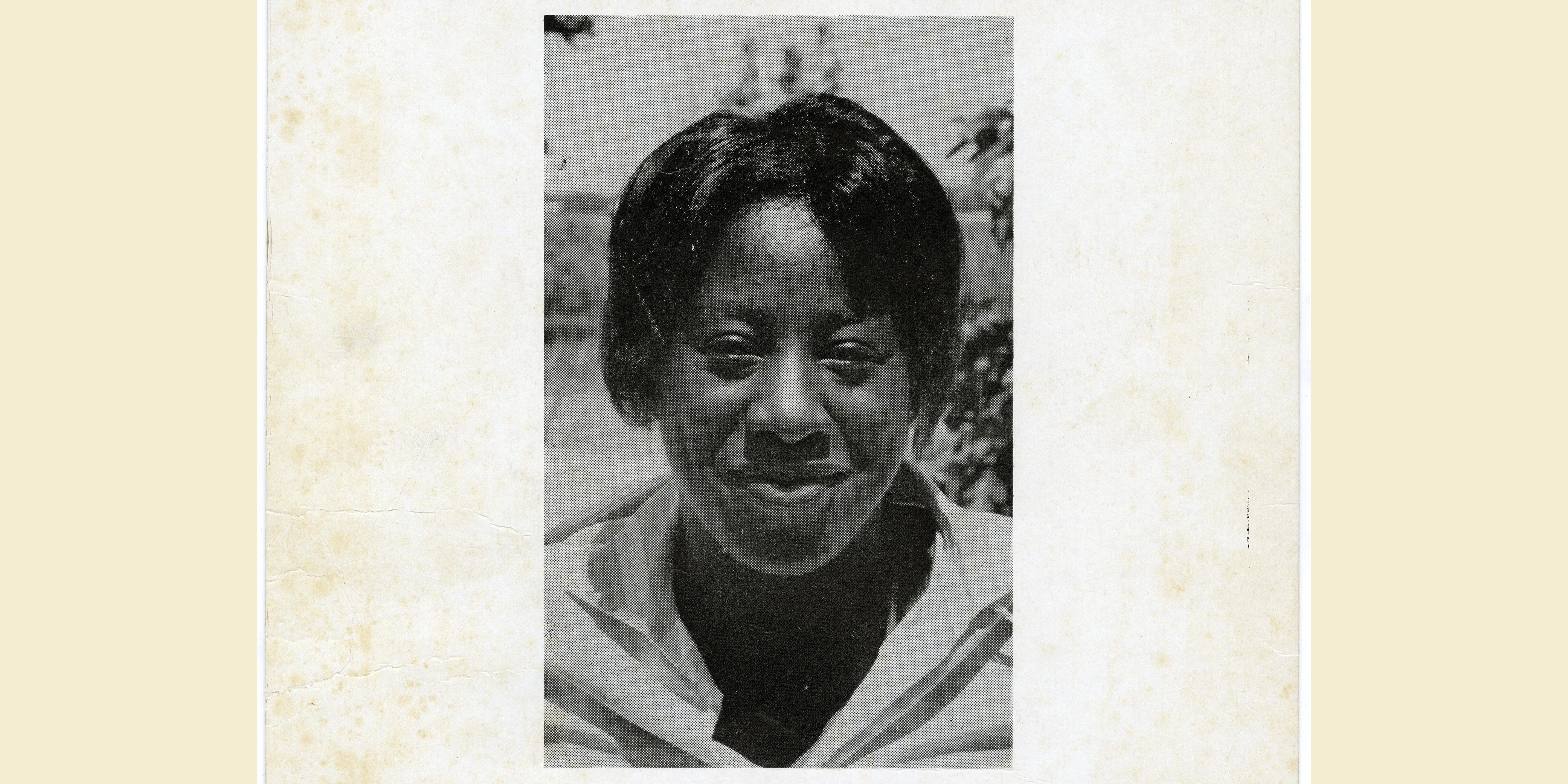On Tuesday, May 3, 2022, MDAH will celebrate the lives of Governor William Winter and First Lady Elise Winter at the Two Mississippi Museums in Jackson. The event is sponsored by Jones Walker LLP and the Foundation for Mississippi History.
Program speakers will include President Bill Clinton, the forty-second president of the United States; former Mississippi Governor Haley Barbour; and former Mississippi Supreme Court Justice Reuben Anderson.
Soon after William F. Winter’s death in 2020, Governor Haley Barbour described Winter to Mississippi Today as “a gentleman, honorable and gracious. While our politics didn’t always coincide, I’ve always admired him. He made great changes in the structure of Mississippi’s K-12 educational system . . . He and Mrs. Winter, who is a delightful, gracious lady, represented our state very well, both while he was in elected office and afterwards.”
William F. Winter served as Governor of Mississippi from 1980 to 1984. He had previously been elected to the state legislature, and to the offices of the state tax collector, state treasurer, and lieutenant governor. His term as governor has been nationally acclaimed for the groundbreaking passage of education reform legislation. He was later appointed to President Bill Clinton’s National Advisory Board on Race.
Throughout his political career, Elise Winter campaigned for William Winter, and she was a trusted advisor and policy advocate to her husband when he was elected to office. When Elise Winter was the state’s First Lady, she helped shepherd her husband’s key legislation and hosted social gatherings for prominent Mississippians at the Mississippi Governor’s Mansion.
Elise Winter advocated for improving the living conditions of imprisoned people, worked to increase funding for state correctional institutions, and campaigned for the construction of family visitor’s center at the Mississippi State Penitentiary at Parchman and a separate prison for women in Pearl. She was a founder, fundraiser, and volunteer of the Jackson area chapter of Habitat for Humanity, which has constructed more than 600 homes in the metro area for those in need. Elise Winter was recognized for her steadfast commitment to volunteer service during the 2015 Governor’s Initiative for Volunteer Excellence Awards.
“With Elise Winter by his side, Governor Winter enjoyed a remarkable political career, but his commitment to public service extended well beyond electoral office,” said MDAH director Katie Blount. “He led the MDAH Board of Trustees for nearly fifty years, making an unmistakable impact on the department and the state.”
William F. Winter joined the MDAH Board of Trustees in 1957. During his time as board president, Winter oversaw the opening of the Eudora Welty House & Garden, the restoration of the Old Capitol, and the construction of a state-of-the-art archives and history building that the state legislature named for him.
Winter also encouraged the department to strengthen its focus on African American history in Mississippi, acquiring significant collections of papers, mounting award-winning exhibits, and offering grants for the preservation of sites associated with African American history. Most notably, his close friendship with Myrlie Evers led to her decision to donate the Medgar and Myrlie Evers Collection to MDAH in 2002.
The opening of the Museum of Mississippi History and Mississippi Civil Rights Museum in 2017 is Winter’s greatest legacy at MDAH. Winter helped convince state leaders of the need to build the Two Mississippi Museums, and he was instrumental in securing public and private funds for the project.
MDAH director Katie Blount said, “These museums stand at the intersection of William Winter’s greatest passions—history, education, and racial justice. Generations of young people will come here to experience the stories that have shaped our state and nation.”
More details about the celebration will be released at a later date. For more information visit mdah.ms.gov.




